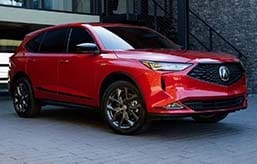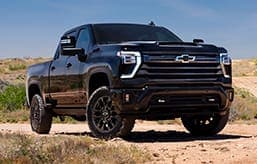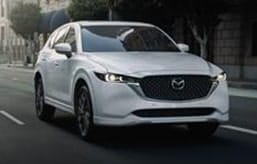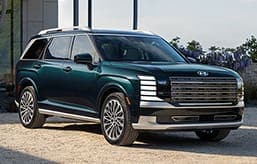- We test the Carrera Coupe, the entry-level version of the 2025 Porsche 911.
- At the Edmunds' test track, the Carrera proved quicker than Porsche's own estimates.
- Even a base 911 excites in ways few other cars can manage.
2025 Porsche 911 Carrera Tested: Quicker Than Claimed
The base 911 is quicker than ever
Other than the color, at first glance, this new 2025 Porsche 911 Carrera Coupe doesn't look all that much different from the 2020 Carrera Coupe I tested four-plus years ago. For 2025, the 911 has been refreshed but not redesigned. The front and rear fascias have been slightly tweaked, with new designs for the bumpers and lighting. Inside, the 911 now uses a fully digital instrument cluster. Pour one out for the 911's analog tachometer.
The 911 has had some other changes for 2025, most notably that the Carrera GTS now uses a hybrid powertrain. As cool and exciting as the hybrid model is — I've been waitin for a hybrid 911 since I watched the GT3 R Hybrid race at Petit Le Mans in 2010 — no one should sleep on the standard Carrera Coupe.
Trickle-down performance
The 2025 Carrera is still powered by a 3.0-liter turbocharged flat-six. The updated engine uses the turbochargers from the outgoing Carrera GTS and the intercooler from the 911 Turbo. Output is rated at 388 horsepower and 331 lb-ft of torque, an increase of 9 hp over the prior 911 Carrera. Torque output remains unchanged, but the power band has been adjusted to supply more torque at lower revs. Power is still fed to the rear wheels through an eight-speed dual-clutch automatic. While Porsche doesn't offer a manual transmission on the Carrera, it does offer one on the lovely 911 Carrera T.
At our track, the new Carrera hit 60 mph in 3.5 seconds, 0.2 seconds quicker than Porsche's estimate and 0.1 seconds quicker than the 2020 Carrera Coupe we tested. For reference, that new time is 0.3 seconds off the 502-hp 911 GT3 and only half a second off the time we saw in the 911 Carrera 4 GTS, a vehicle with the benefit of all-wheel drive and an additional 85 hp. We clocked the new Carrera at 11.7 seconds at 117.2 mph in the quarter mile, a tenth quicker and slightly faster than the 2020 model.
The Carrera's braking performance was equally impressive, with panic stops from 60 mph happening in a brief 102 feet. That's longer than what we've seen from other 911s but better than the majority of sports cars we test. On our 200-foot skidpad, the Carrera pulled a solid 1.07 g. While it doesn't offer the neck-straining lateral grip found in the 911 GT3 (1.25 g!), anything over 1 g is impressive stuff.
There's great feedback from the steering, too. Without an engine over the front axle, the car's nose is light and direct. Handling is neutral and balanced, and the Carrera was cool and surefooted around our handling course.
Base, but not basic
It wasn't a surprise that Porsche was conservative in its claims. In Edmunds' testing, Porsche's cars regularly outperform the automaker's own estimates. The Taycan and Macan EV have regularly exceeded their EPA range estimates in the Edmunds EV Range Test, and their 0-60 mph times are often better than what you'll see on Porsche's own website and spec sheets.
There are a seemingly endless number of 911 variants, each more special than the last. While it may not garner as much attention as a GT3 or a Turbo S, the standard 911 Carrera is no slouch. It's hard to have a bad time behind the wheel of a 911, but driving the new Carrera is a reminder that you don't need to have the most expensive one to have fun.








 by
by  edited by
edited by